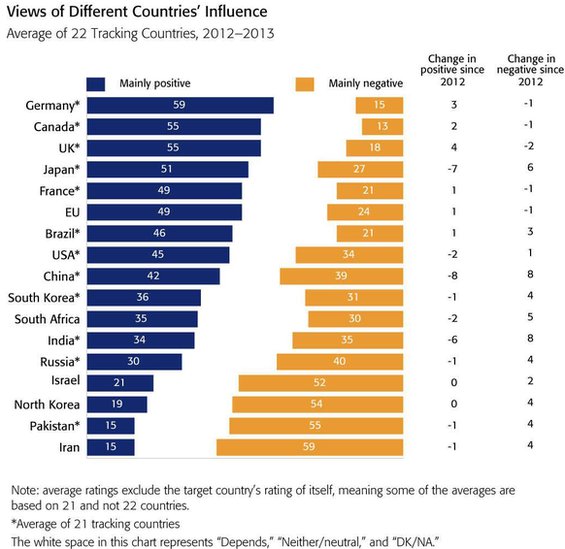Who’s watching your financial planner?
The Certified Financial Planner Board of Standards says it is. The organization, which has awarded the coveted CFP certification to nearly 69,000 financial planners, launches an investigation whenever it suspects a planner might have violated the profession’s ethical standards.
Of course, most CFPs have never been disciplined by a regulator nor had a client lodge a formal complaint against them. But does the CFP Board move fast enough to punish alleged wrongdoers?
In 2011, the CFP Board opened 1,569 investigations, up substantially from 1,324 in 2003. But the number of CFP holders went up even faster, to 64,232 in 2011 from 42,973—so the rate at which CFPs were investigated fell to 2.4% from 3.1%. New investigations fell to 866 last year as the CFP Board worked off the backlog of cases that had built up, says Michael Shaw, who is in charge of professional standards there.
The Wall Street Journal has identified at least 17 recent instances in which the CFP Board stripped a planner of the CFP title more than three years after serious allegations first appeared in the public record. There isn’t any evidence that the public has been harmed by the relatively slow pace of the board’s disciplinary actions.
But these findings are a reminder that financial planners aren’t policed as closely as brokers and investment advisers are, since no government entity specializes in regulating them—and that investors can’t count on someone else to do their due diligence.
“We’re always looking for opportunities to become more efficient and effective,” Mr. Shaw says. “But the more important consideration is that [any CFP being investigated] has the opportunity to have a full and fair hearing.”
Unlike state securities departments, the Financial Industry Regulatory Authority or the Securities and Exchange Commission, the CFP Board isn’t a regulator. As a certifying body, it has no subpoena power.
Nevertheless, “we don’t rubber-stamp any regulatory action,” Mr. Shaw says. “We conduct our own investigations here.” He says the board also shares information with state and national regulators.
In 2012, the board invoked the right to suspend CFPs automatically if one of their financial licenses is revoked or they are convicted of a felony or certain misdemeanors.
But the CFP Board has only six investigators, counting Mr. Shaw, or less than one for every 11,000 CFPs. They have a lot of ground to cover.
Consider the case of David Disraeli, who runs a financial-advice firm called The Personal CFO in Austin, Texas.
In November 2002, the Texas securities board issued a cease-and-desist order against Mr. Disraeli, alleging that he owed more than $39,000 in federal income taxes, had told investors he was an investment adviser when he wasn’t registered and was offering securities that weren’t approved for sale in Texas.
Without admitting or denying the claims, Mr. Disraeli consented to the order in April 2003.
In December 2007, the Securities and Exchange Commission found that Mr. Disraeli had borrowed $84,300 from his clients’ investments in his firm—and used much of the money to pay his back taxes and expenditures on “coffee, ice cream, groceries, restaurants and videos.” The agency barred Mr. Disraeli from working at a brokerage or investment-advisory firm and ordered him to pay more than $194,000 in penalties and other sanctions.
Texas denied Mr. Disraeli’s application as an investment adviser in February 2008, citing multiple instances of what the state called “fraudulent business practice.”
On Aug. 13, 2010, citing the SEC bar, the board revoked Mr. Disraeli’s CFP certification.
That didn’t stop Mr. Disraeli from using his CFP credential, however. Although he no longer manages money for outside clients, he sells insurance and offers advice on business transactions and financial planning. His primary website features a 5-by-7-inch replica of his CFP diploma; the “about me” section on his blog, where he posted most recently last November, says he is a “Certified Financial Planner”; a May 27 post on his business-finance site identifies him as “David Disraeli, CFP.”
“I’m not still using it knowingly,” Mr. Disraeli says. “If it shows up and I haven’t taken it down, that’s something I need to do.”
The SEC “never proved that I misappropriated anything,” he says. “I don’t feel I did anything wrong. Maybe my accounting wasn’t the best, but none of my clients asked for their money back.” As to the Texas allegations, “I denied it then and I deny it now,” Mr. Disraeli says. “That whole thing was a circus.”
Mr. Disraeli unsuccessfully appealed the SEC decision and the CFP revocation. His final court appeal, to the U.S. Supreme Court, wasn’t denied until 2010. Those hearings, says Mr. Shaw, explain why the CFP Board—which doesn’t take disciplinary action until appeals are resolved—didn’t act sooner.
Mr. Shaw says the board is “not aware of” any CFPs who have been suspended or revoked who are still using the title. He says the board regularly monitors defrocked CFPs to prevent them from using the credential.
“They haven’t said a word about that,” says Mr. Disraeli, although the board did admonish him in 2009 that he must always add the ® trademark symbol when using the CFP letters next to his name.
In 2011, the CFP board found that Steve Rice, a financial planner in Los Gatos, Calif. and former mayor of that town, had provided faulty insurance advice to several clients. The board suspended his CFP certification until November 2014.
This week, however, Mr. Rice was identifying himself on at least three websites, including SteveRiceCFP.com, as “Steve Rice CFP.”
Mr. Rice didn’t respond to requests for comment; his appeal of the CFP Board’s ruling was denied by a board committee. Mr. Rice’s public record on brokercheck.finra.org shows one insurance dispute that he settled personally; the client withdrew the complaint after Mr. Rice paid $5,000.
Or consider Louis Mohlman Jr., of Mohlman Asset Management in Fort Wayne, Ind. This past week, Mr. Mohlman’s biography on his website read: “Throughout his career he has continued education and specialty training to hold designations of Certified Financial Planner,” among other titles.
In June 2009, Mr. Mohlman consented to a Finra order without admitting or denying the findings. According to Finra, he had offered to pay a bank employee $500 to obtain confidential account information for several of the bank’s customers. He paid a $10,000 fine and was suspended for three months. In April 1993, the state of Indiana fined Mr. Mohlman $1,000 for allegedly misrepresenting the risks of a unit investment trust; around the same time, he paid $10,000 to settle a customer complaint over a limited partnership.
In March 2010, citing the Finra case, the CFP Board revoked Mr. Mohlman’s certification; according to the board, he didn’t reply to its inquiry.
When I asked about the biography on his website, Mr. Mohlman replied by email, “Thank you for alerting us to this typo.” He didn’t respond to requests for further comment.













